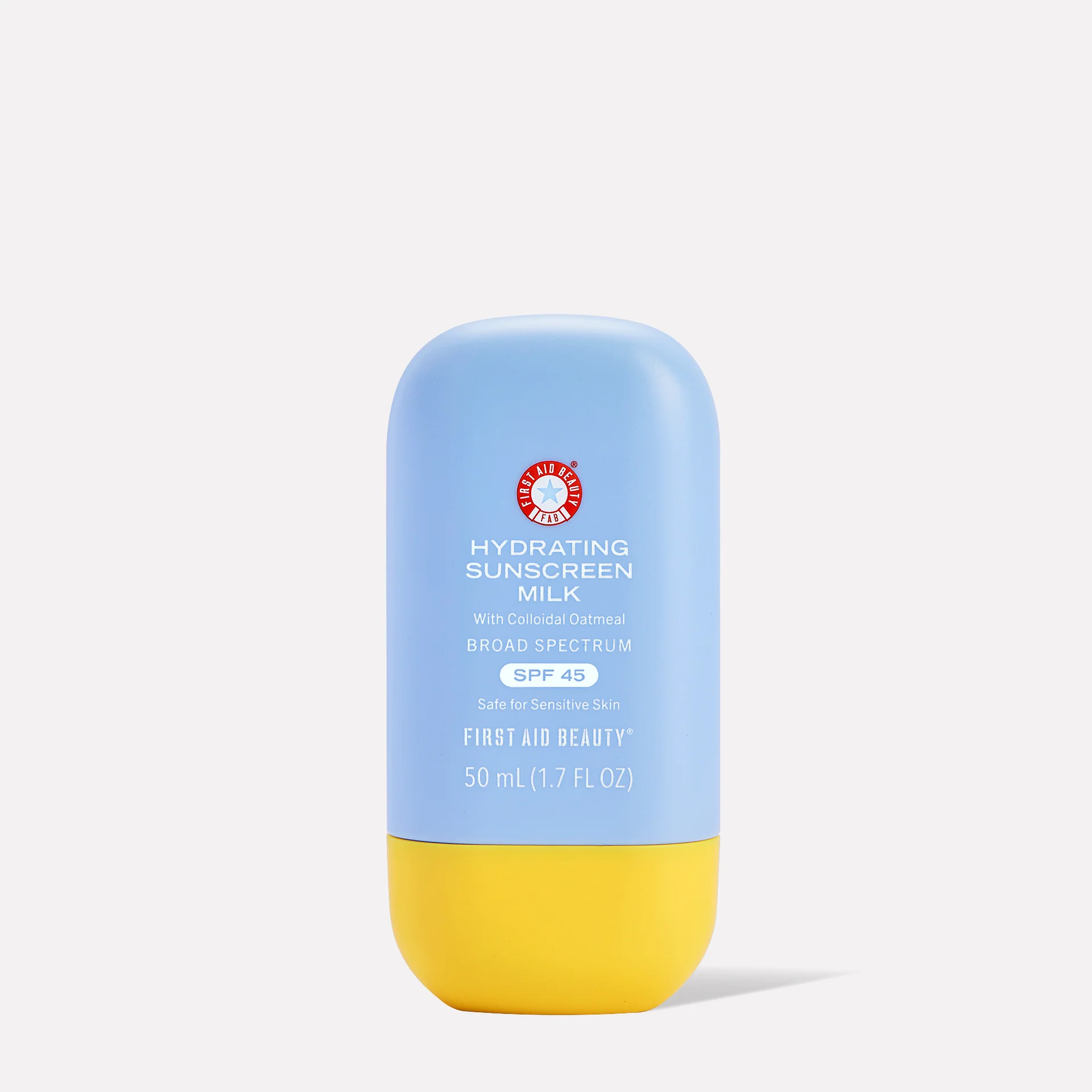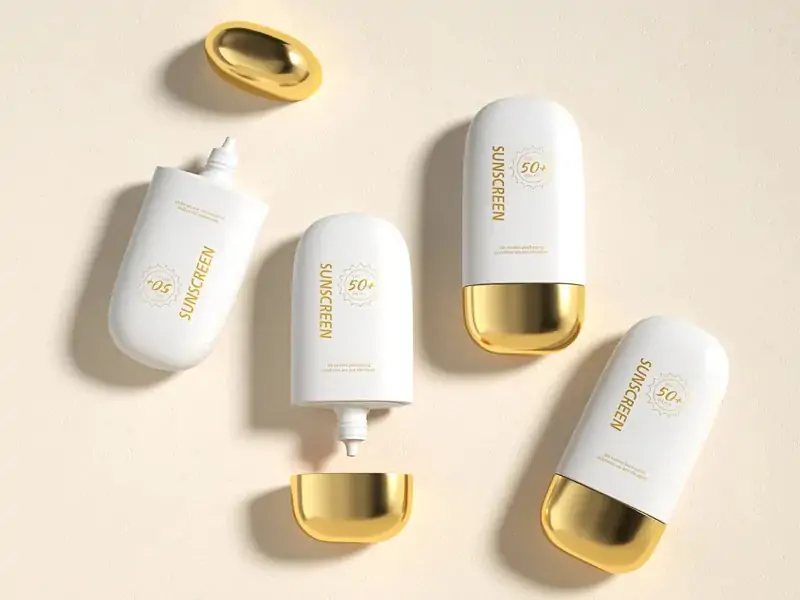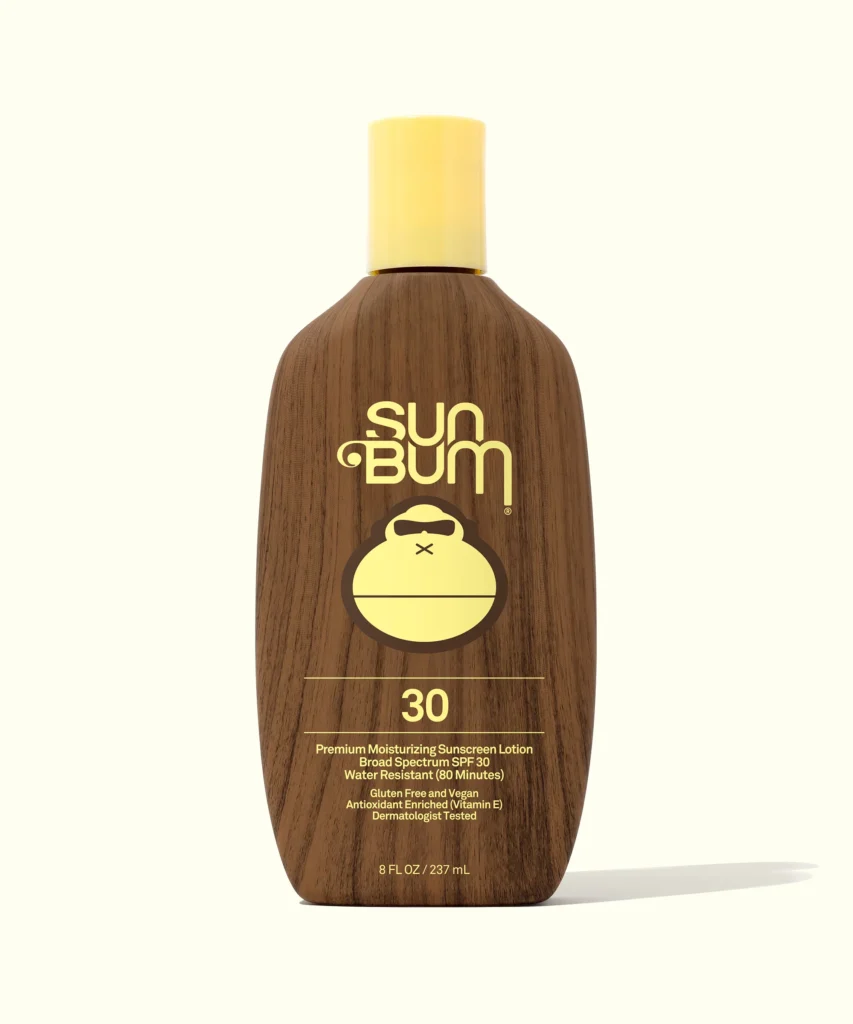When Was Sunscreen Invented? The History of Sun Protection From Ancient Times to Modern Bottles

Sunscreen is a modern necessity, offering critical protection against sunburn, skin damage, and skin cancer. But the idea of shielding the skin from the harmful effects of the sun is far from new. From ancient ointments made of rice bran and jasmine to 20th-century breakthroughs in chemical formulations, the journey to today’s sunscreen is a story of science, innovation, war, and even vanity.
This article traces the evolution of sunscreen, exploring who invented it, how its chemistry developed, and why it remains one of the most important yet underappreciated health products in the world.
1. Ancient Sun Protection: Before “Sunscreen” Existed
Long before the concept of ultraviolet (UV) rays, ancient civilizations understood that excessive sun exposure could damage the skin. Their methods were rudimentary, but effective to a degree.
Ancient Practices:
- Egyptians (c. 3000 BCE): Used rice bran, jasmine, and lupine extracts, which modern research shows contain compounds that can absorb UV rays.
- Greeks and Romans: Applied olive oil, though it was more for moisturizing than for sun protection.
- India and China: Ayurvedic and herbal remedies used sandalwood paste, turmeric, and natural plant oils to cool and shield the skin.
- Indigenous peoples: Used mud, red ochre, and animal fats to protect themselves from both the sun and insects.
While these early forms lacked SPF ratings, they represented humanity’s first attempt at natural photoprotection.
2. The 20th Century: The Birth of Modern Sunscreen
The real shift toward scientific sunscreen formulation began in the early 20th century as dermatology and chemistry advanced. However, it wasn’t until the 1930s and 1940s that recognizable sunscreens appeared.
Milestone #1: Franz Greiter (1938–1946)
- A Swiss chemistry student who suffered a sunburn while climbing Mount Piz Buin in 1938.
- This inspired him to create one of the first commercial sunscreens, released in 1946 as “Gletscher Crème” under the brand name Piz Buin—still in production today.
- He later helped develop the concept of the Sun Protection Factor (SPF) in the 1960s.
Milestone #2: Benjamin Green and the U.S. Military (1944)
- An airman and pharmacist, Green developed a sunburn preventative called “Red Vet Pet” (Red Veterinary Petroleum) for soldiers in the South Pacific during World War II.
- It was greasy and unpleasant, but effective. After the war, he modified it and mixed it with cocoa butter and coconut oil, creating Coppertone Suntan Cream.
These early formulas were not waterproof and had very low SPF, but they were crucial first steps.
3. The SPF System and the Science of UV Rays
As skin cancer research expanded and UV radiation became better understood, scientists began quantifying sun protection.
Key Developments:
- 1956–1962: Scientists began measuring how much UV light a product could block. Franz Greiter proposed the SPF scale in 1962.
- SPF (Sun Protection Factor): Measures how much longer it takes for skin to burn with sunscreen vs. without. For example, SPF 15 means you can be exposed 15 times longer before burning.
The broad spectrum concept (protection from both UVA and UVB rays) was not standard until much later, with UVA only gaining widespread attention in the 1980s–1990s.

4. The Rise of Commercial Sunscreen Brands
From the 1960s onward, the sunscreen market expanded rapidly:
- Coppertone, Banana Boat, Hawaiian Tropic, and Neutrogena became household names.
- Early marketing emphasized tanning with protection, not complete sun avoidance.
- The iconic Coppertone girl ad campaign from the 1950s helped make sunscreen a cultural symbol.
By the 1980s, more water-resistant and long-lasting formulations appeared. SPF ratings also began to climb, with products offering SPF 30, 50, and beyond.
5. Modern Innovations in Sunscreen (2000–Present)
As cosmetic science advanced, modern sunscreen underwent dramatic improvements.
Today’s Innovations:
- Mineral (physical) vs. chemical sunscreens: Zinc oxide and titanium dioxide provide immediate protection without chemical absorption.
- Reef-safe sunscreens: Developed in response to environmental damage caused by chemicals like oxybenzone and octinoxate.
- Sprays, gels, mists, and make-up formulations: Making sun protection more accessible and fashionable.
- DNA-repair enzymes and antioxidants: Included in some high-end formulations to reverse or mitigate damage.
SPF now often includes UVA protection ratings (like PA++++), and many countries have their own regulatory standards for effectiveness.
6. Global Perspectives and Regulations
Different regions have distinct sunscreen regulations and preferences:
- Europe: Allows a wider range of UV-blocking chemicals; often has stronger UVA protection standards.
- USA (FDA): More conservative approval process; fewer ingredients allowed.
- Asia (Japan, Korea): Focus on lightweight, cosmetically elegant sunscreens; often with higher UVA ratings.
In 2021, the U.S. FDA began a comprehensive review of sunscreen ingredients for long-term safety and environmental impact.
7. Sunscreen in Public Health Campaigns
From the 1990s onward, health agencies promoted sunscreen as a first line of defense against skin cancer. Campaigns like:
- “Slip, Slop, Slap” in Australia (Slip on a shirt, slop on sunscreen, slap on a hat)
- Melanoma awareness months
- Sunscreen dispensers in schools and parks
Despite this, underuse remains a problem, especially among men, people with darker skin (who are still at risk for skin damage), and teens.
8. The Future of Sunscreen
The future of sunscreen is personalized, wearable, and data-driven:
- Smart wearables and UV sensors can now remind you to reapply sunscreen.
- Research into DNA-repair molecules and oral sunscreens (like polypodium leucotomos extract) is growing.
- Ongoing work aims to make sunscreens more eco-friendly, inclusive for all skin tones, and free of hormone-disrupting chemicals.

Conclusion: More Than Skin Deep
Sunscreen is more than a summer essential—it’s the result of millennia of evolving knowledge, from herbal pastes to pharmaceutical science. Its development reflects how human societies have adapted to environmental challenges, leveraged science, and shaped health norms.
So, while the first official “sunscreen” may date to the 1930s, the impulse to protect skin from the sun is as ancient as civilization itself.
And today, with rising UV levels and skin cancer rates, using sunscreen is not just about comfort or beauty—it’s about survival.




